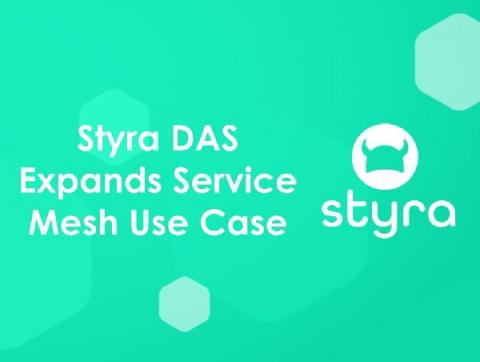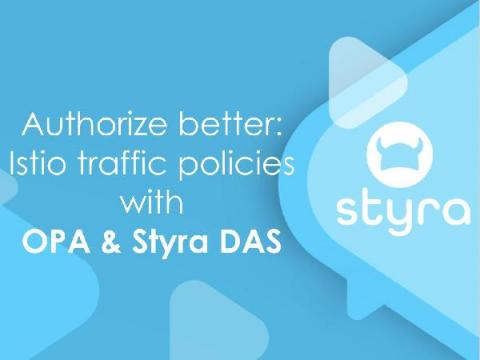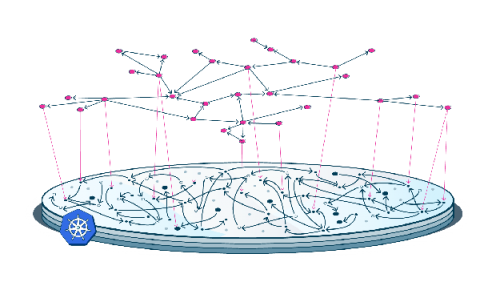What is Service Mesh in Microservices?
The microservice architecture involves breaking the application into small interconnected services, each performing a specific task. This breakdown enables developers to work on individual services without affecting the rest of the application, leading to more agility and easier scaling. These services communicate through APIs and, as the number of services within an application increases, developers may introduce a microservice service mesh to control all the service-to-service communication.






